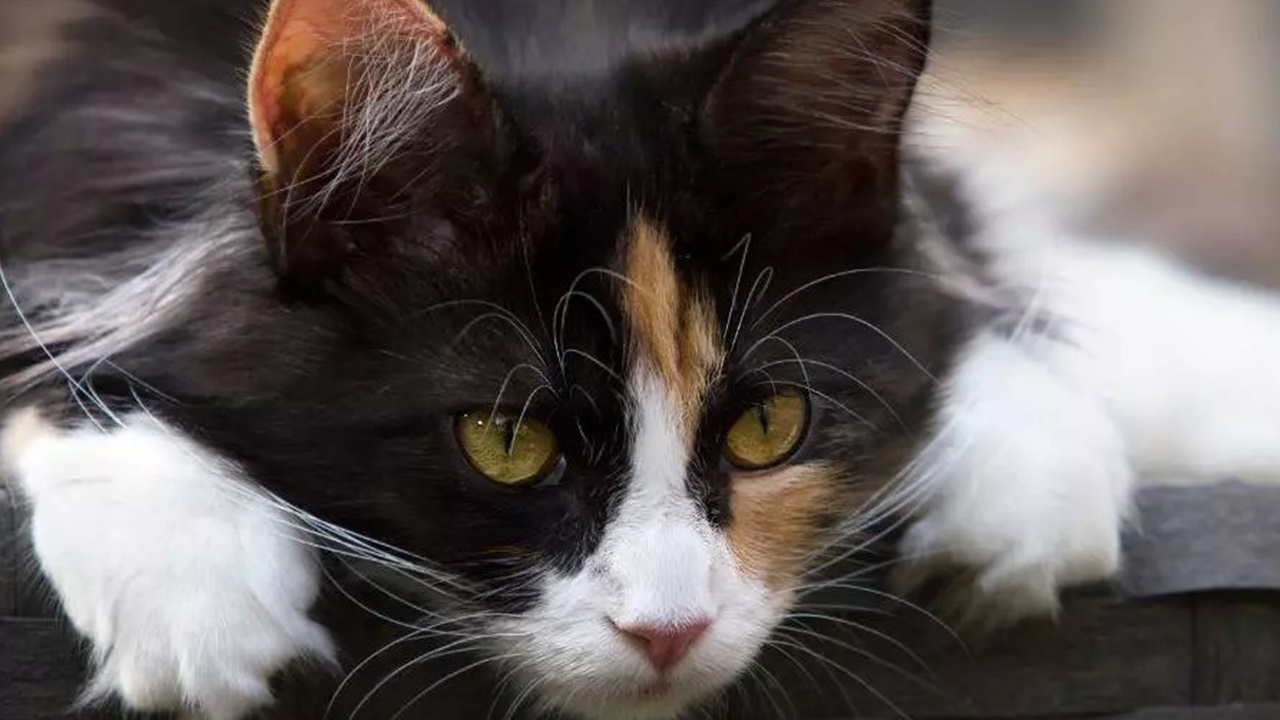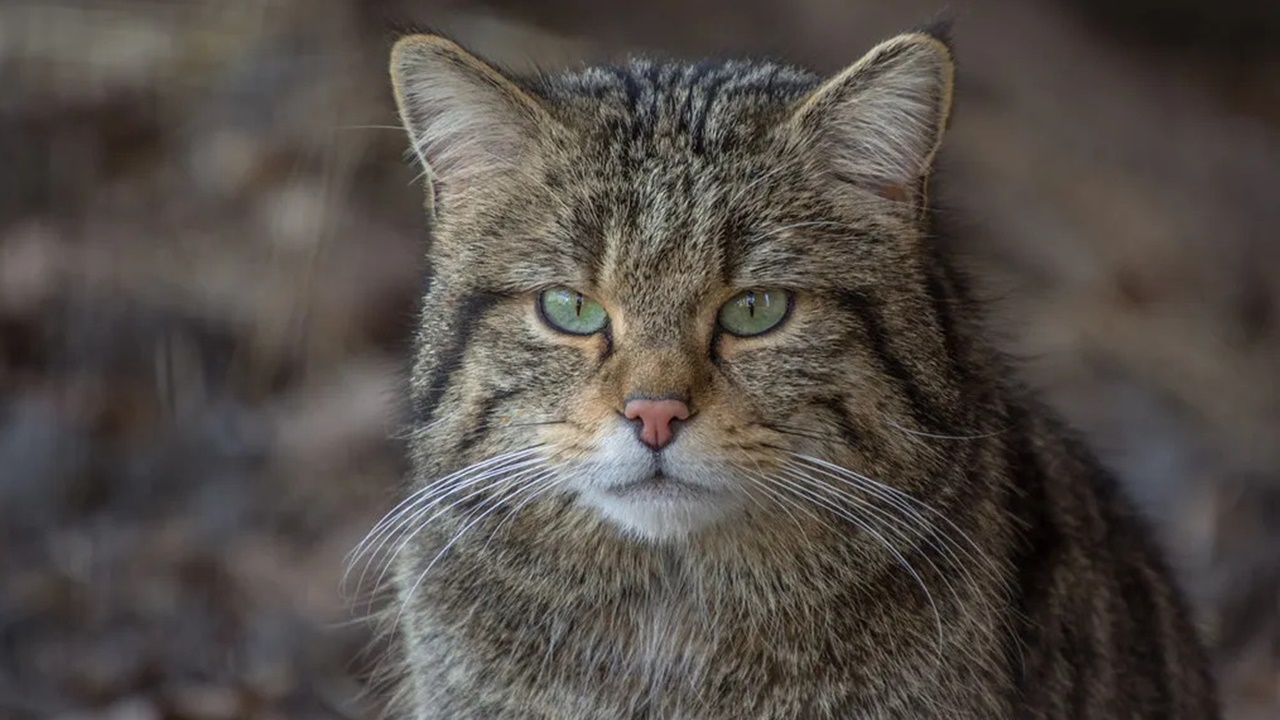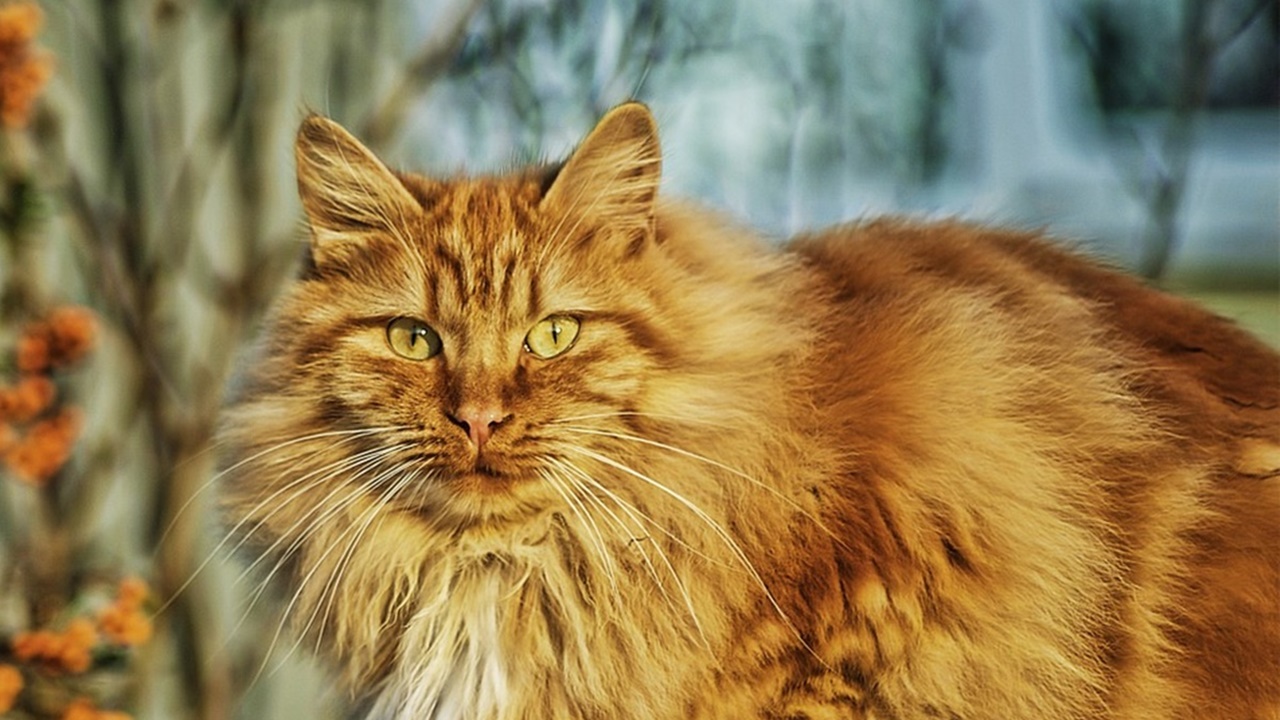In general, most house cats have white feet. Those who do not have cats may not have paid attention before, but interestingly, these cats have more white paws than other cats. So what exactly could be the reason for this?
The majority of domestic cats have white feet. genetically We can say that there are some reasons.
In fact, this situation is not only seen in house cats, but people do not like cats that look like this. domestication has always been more enthusiastic about it throughout history. Then let’s get down to the details of this subject.
In fact, the fact that cats have white feet is due to a genetic mutation.
The scientific name for this condition is variegation or piebaldism. The reason for this situation in cats; Pigment cells called melanocytes, which give color to the skin, hair, eyes and fur of cats, secrete proteins for stem cell growth. in the KIT gene It is a mutation that occurs as a result of its unexpected distribution.
When this genetic transformation (change) does not occur, cells called melanocytes are evenly distributed. Thus, the cat’s body becomes one color. Since the mutation in the KIT gene prevents these cells from being evenly distributed, some parts of the cat’s body, such as the feet, may remain white. Essentially, these mutations are in domestic and wild animals visible.
In fact, the reason why the white feet in these animals was so conspicuous was because people preferred to domesticate cats with mutations.

About 10,000 years ago, humans began domesticating cats. Probably because they think these creatures look more beautiful than others, they call them to themselves. pet as they chose. Leslie Lyons, a professor at the University of Missouri on this subject, said that when people settled down, they had to protect their grain and garbage from other rodents and pest species.
Here, according to the researcher, they also domesticated cats. invader They wanted to drive off the species. The professor thinks that people prefer cats because they are easy to care for and because they have the capacity to eat whatever you put in front of them.
For example, Felis silvestris wildcats living in Eurasia and Africa are predators and fight with other predatory species. These creatures need to camouflage themselves to survive in the wild, and that’s why their fur is camouflage. That’s why their paws white is not. In short, the fact that people do not prefer them as pets may be due to their predation. So of course it’s not just the cat; Humans have also domesticated species such as white horses, pigs, cows and mice.
Whether cats will have a white limb is actually obvious when they are still in the embryo stage.

Felis silvestris
The nerve crown cells that make up the white color first gather on the cat’s back and descend down its body. Thus, this color spreads throughout the body. Depending on the spread of the cells, the place where the color is collected can change. For example, when these cells spread too far across the front of the body, the cat’s fur becomes a single color. But when cells are not clustered together enough on one side a cat with white feet, belly, face, or breasts can occur.

norwegian forest cat
Genetic factors are an important factor in the coat color of cats. for example siamese cats Their color is due to the suppression of temperature-induced melanin production (a pigment that is insoluble in water and is mostly brown-yellow, sometimes black in areas where it is too concentrated). Another example: The MC1R gene, which makes cats orange, is more specifically present in the Norwegian forest cat than in other orange cats. Therefore, when this creature grows up, it begins to turn golden. Pretty interesting isn’t it? Does your cat also have white paws?
Resources: Science Focus, Ungo, Live Science, Cattitude Daily, Love Meow, Natural Science, Patigen
RELATED NEWS
